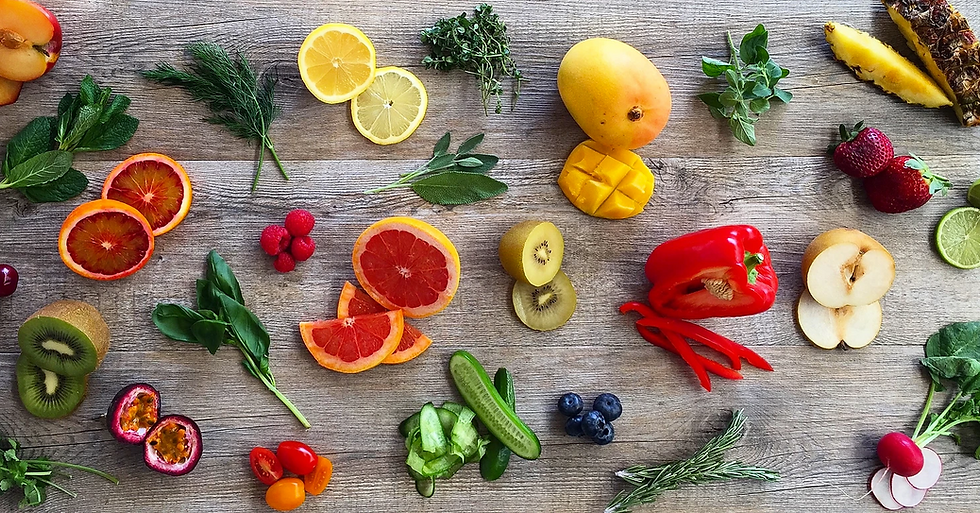Gin and tonic is the easiest drink to make, right? Or are there ways to make this classic spirit-and-mixer really sing? Here are our tips on making the perfect G&T.

From humble beginnings as a way to mask foul-tasting medicine to the tasty bar staple we all know it as today, the gin and tonic has changed a lot over the last 200-odd years.
Gin comes from a whisky-like spirit that distillers in 12th Century Rotterdam and Schiedam in the Netherlands called jenever.
The British military, who were in Europe in the 1600s fighting the Spanish, took jenever back to London, changed the recipe a bit and so gin was born.
It became hugely popular to the point where officers in the navy would have it as their ration (regular sailors still had rum) and even the king—Charles I—gave gin the royal seal of approval.
Gin and tonic—medicine or just an excuse?
Fast forward to the 1800s and the East India Company. Sailors in the powerful trading company’s private navy were suffering from malaria until Scottish scientist Dr George Cleghorn, who had been studying the effects of quinine on malaria, came up with a solution—pun intended.
A ‘tonic’ of quinine for every sailor acted as a prevention to contracting malaria, but the tonic itself was very bitter and unpalatable.
Officers added it to their gin ration along with a touch of sugar and some lime—for the scurvy of course—and so the proto-gin and tonic was born.
How to make the perfect gin and tonic
Tonics these days contain a lot less quinine and have other added flavours (and often more sugar), but this helps blend with the flavours of the gin.
First, choosing the right gin is important. Some are made especially for a G&T, while others are more for martinis or other cocktails.
Picking the right tonic is also important, and that is often a case of trial and error. Capi and Fevertree are our go-to tonic companies, but see which one works for you.
Next, think about the ratios of gin to tonic. The golden rule is 1/3 gin to 2/3 tonic, but if the tonic is strong and the gin is more delicate, adding a splash of soda water instead of all tonic will help.
Finally, glassware and garnishes.
Drinking your G&T in a beautiful Spanish-style copa glass (its full name is Copa de Balon) not only adds to the impact of your drink but also the flavour. The ball shape of the glass holds in a lot of the aromas of the drink.
Alternatively, a collins glass or large tumbler works too.

For garnishes, look at the botanicals in the gin and try to match one or two of them with something you can drop into the drink.
You can even create your own G&T party with a range of garnishes. Here are some excellent tips to help you with that too!
And let’s not forget, use plenty of ice. The more ice you add to your G&T, the colder it will get (obviously) but also the slower the ice will melt. This reduces the amount of dilution in your drink.

Comments